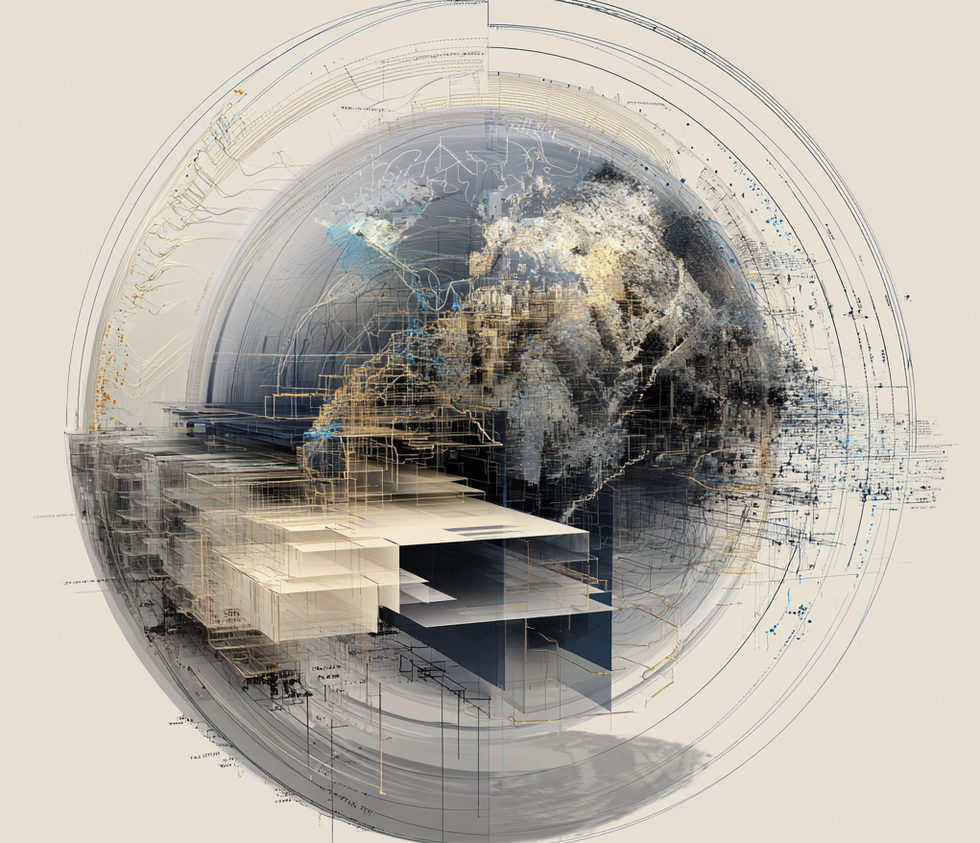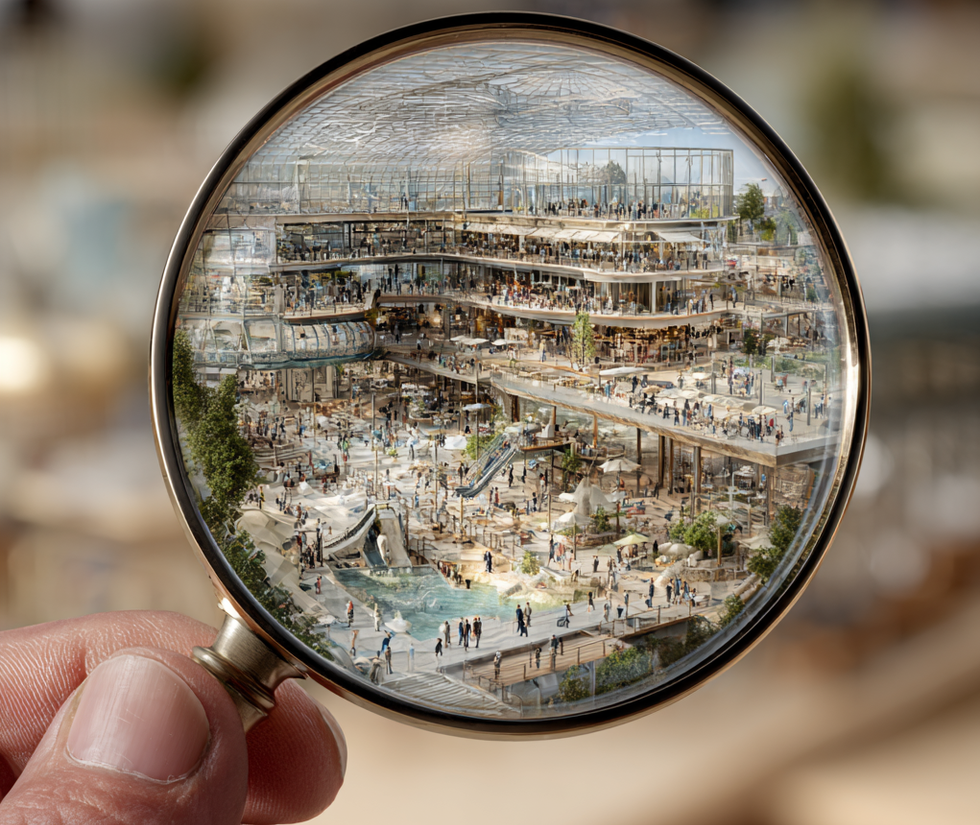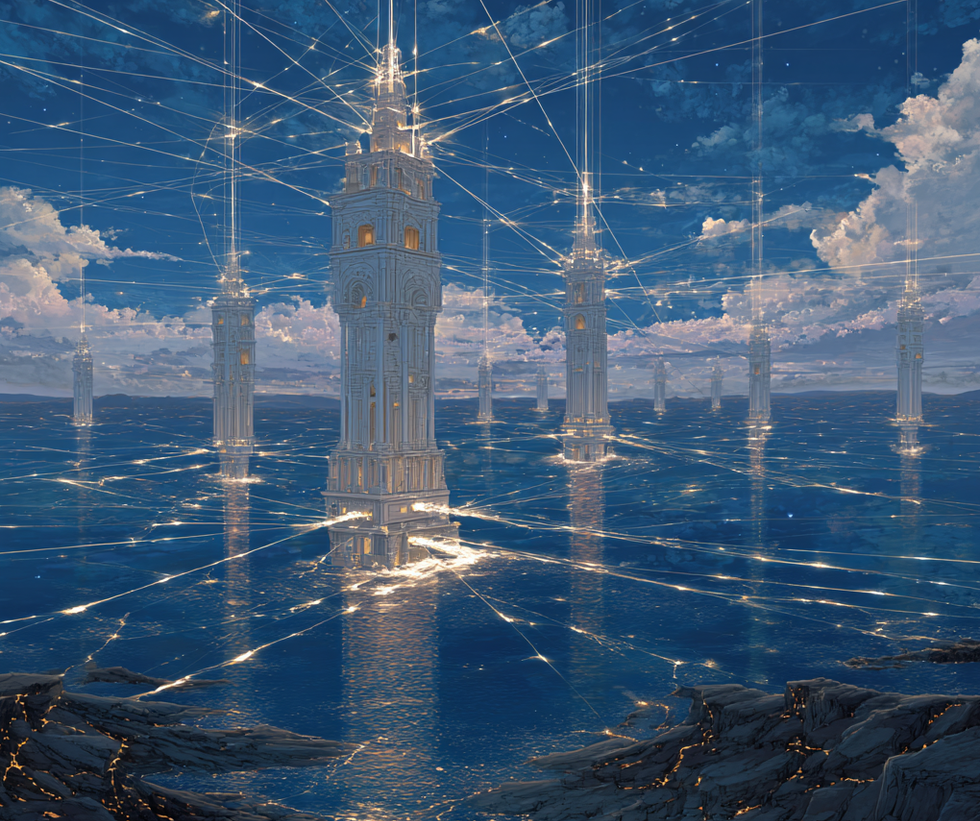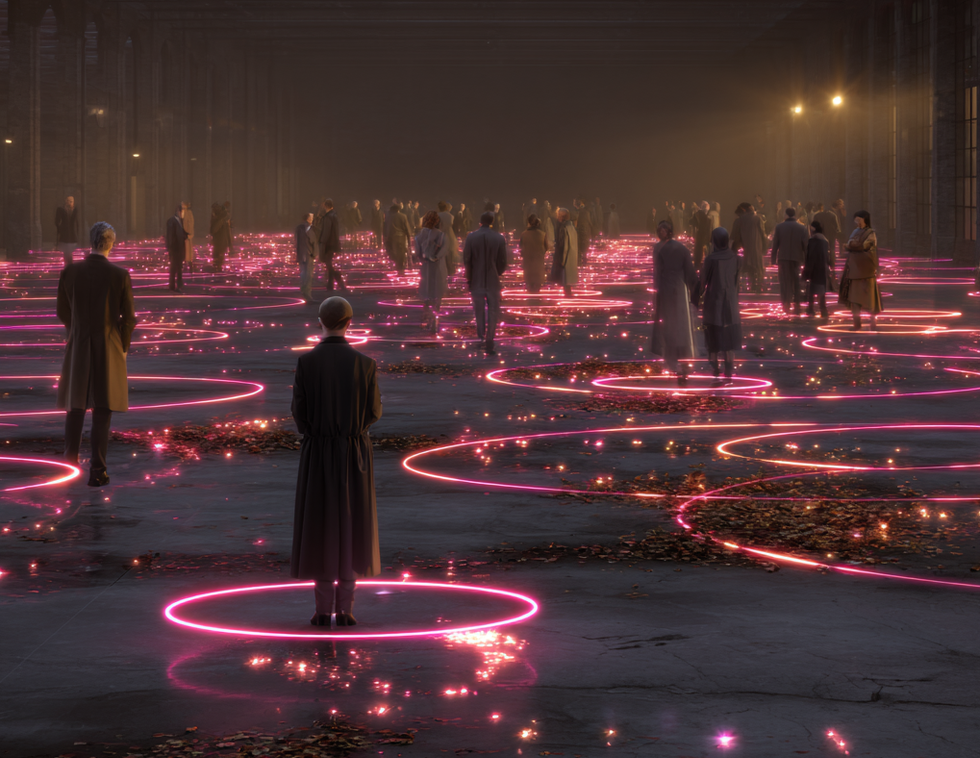By Ben Herrington, Sound Sculpture Inc.
The natural sound environments existing in many location-based experiences can feel inhospitable to those working to incorporate successful soundtrack s. High noise floors, screaming guests, and tricky acoustic conditions starkly contrast the control and comfort of a quiet theater or studio.How can we deliver clear, coherent sonic information in such environments?How can we create impactful and compelling sounds for these spaces?
Understanding the sonic challenges of these environments is critical to any successful location-based experience soundtrack, but what does that mean?
On this point, I encounter two common viewpoints. Some simply regard the challenging environments as a fact to accept about the nature of the venue. Others passionately advocate addressing issues through audio systems and facility investments.
I find that these two viewpoints inevitably collide. The advocates address the challenges to whatever degree budgets/schedules/logistics/circumstances permit, and then the project team resigns themselves to make the best of the challenges that remain. Yet, there are often still opportunities to creatively engage with these issues.
The baseline soundscape
Understanding and effectively reacting to these issues is more nuanced than these two viewpoints alone might suggest. I have spent 30 years creating sounds for these spaces and experiences. Over that time, my relationship with these challenging environments has evolved. I no longer think of them strictly in terms of issues and challenges. Now, I consider the sounds and sonic characteristics of these places as "the baseline soundscape."
Some form of this baseline exists before we introduce audio systems and create sonic elements. It exists alongside the soundtrack, and when we hit the soundtrack mute button, the baseline soundscape remains. A collaborator or saboteur, it influences how every other soundtrack aspect is perceived.
As such, I have developed a healthy respect for the baseline. I regard it as much a part of the location-based experience soundtrack as music, dialog, or effects. The baseline soundscape is active and dynamic and responds to the creative elements we introduce. Our relationship with it does not always have to be antagonistic, and we can find opportunities to artistically engage with it.
When we successfully incorporate the baseline into our soundtracks, we blend between real sounds and the sounds we have created. The result is soundscapes and soundtracks that feel authentic to the places and environments where they play.
The baseline soundscape contains multiple categories of sonic elements. Each category shows unique sonic characteristics that impact the soundtrack differently. Although many of these sonic elements can negatively affect the soundtrack, others can enhance the experience if framed correctly.
By working to understand the baseline soundtrack more specifically, we can more effectively devise strategies to address, mitigate, and even collaborate with this soundtrack component.
Preserve
A good starting point is to identify the aspects of the baseline soundscape that are critical to the experience. These are sonic elements to preserve.
For example, I regard the sound of people as a primary sonic category within the baseline. The category includes the sound of crowds and conversations — including the conversations between operations staff and guests. A soundtrack that impedes operations staff's ability to communicate information to riders clearly is not only an annoyance but a safety concern.
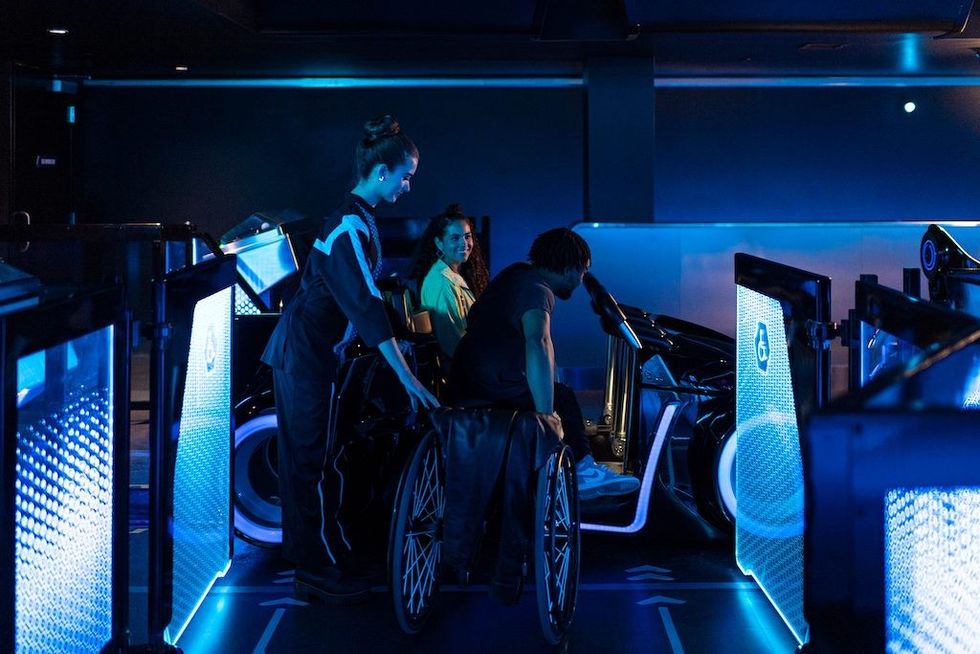
Similarly, conversations with friends and family at a themed restaurant or with a shopkeeper in a themed boutique are essential to those experiences.Suppose our enthusiasm for sonic theming prompts us to install soundtracks that make communication in these situations difficult or impossible. In that case, we can quickly find that our soundtrack works against the experience.
Incorporate
Next, recognizing which baseline elements complement the soundtrack is essential in determining what aspects of the baseline to incorporate.
In area development projects, we can regard the natural sonic environments of outdoor spaces as a soundscape collaborator and create sounds designed to blend with these elements. We can regard the natural sounds of fountains, streams, and water features as key layers and sculpt audio environments around them.
We can create sounds that utilize the natural resonances of show set pieces and ride vehicles to leverage their acoustic characteristics as key aspects of the sound design. In this manner, partnering with the baseline helps blur the line between real (baseline) sounds and sounds created for the experience — a powerful tool for achieving authentic soundscapes.
See also: Creating immersive worlds with Sound Sculpture Inc.
Correct
In highlighting positive sonic aspects of the baseline, I do not want to diminish the importance of determining, as early as possible, what aspects of the baseline should, can, and will be corrected.
I am grateful to have worked with many audio systems designers, audio producers, and acousticians who seemingly perform miracles to transform hostile audio environments into something workable (sometimes inspiring). These experts often find brilliant (and achievable) solutions to seemingly impossible problems.
There is no substitute for what their expertise brings to a project. I wholeheartedly encourage any team to look to their guidance early and often.
Address or mitigate
Working through the process of understanding what must be preserved, incorporated, and corrected leaves us with a good understanding of what aspects of the baseline remain to be addressed or mitigated. Despite the best efforts of engineers and acousticians, some areas remain very tough to work with.
Crowd noise is an ever-present sonic element in most location-based experiences, and we can reliably expect to hear the prominent sound of screaming guests on thrill rides.Soundtrack intrusions from adjacent show spaces can persist despite careful planning and zoning.Ride systems, fans, and special effects can be surprisingly loud, and while quieting them is always preferable, doing so is not always achievable.
These are among the issues that make creating sound for these experiences so challenging and interesting. Finding elegant ways to engage with these kinds of problems has been one of the most inspiring pursuits of my entire career.
Creating custom sound effects, audio textures, and sonic environments that effectively tackle these challenges is a tremendously effective way of blending the baseline into the soundtrack in a way that sounds natural and authentic. We can create sounds to sonically mask undesirable elements and make sounds that render some undesirable elements desirable by presenting them in a new context.
We can collaboratively assemble soundtracks that artistically exercise restraint or are organized to mitigate cacophony. Also, we can choreograph soundtracks around anticipated guest screams or complex show action sequences. We can orchestrate soundscapes to preserve key sonic elements and remain impactful and compelling within the high noise floor environments.
There is much here to discuss, and I look forward to writing about some of these topics in greater detail in subsequent posts.
Understanding the baseline soundscape is key
The baseline soundscape presents daunting challenges. However, by understanding and appreciating it, recognizing its unique manifestations on every new project, and respecting its role within our soundtracks, we can tame it, work with it, and even find ways to use it.
The guest of a location-based experience actively participates in the worlds we build. By effectively blending the baseline soundscape into the soundtracks we create, we build a foundation for sounds that guests can perceive as the real sounds of an authentic experience.
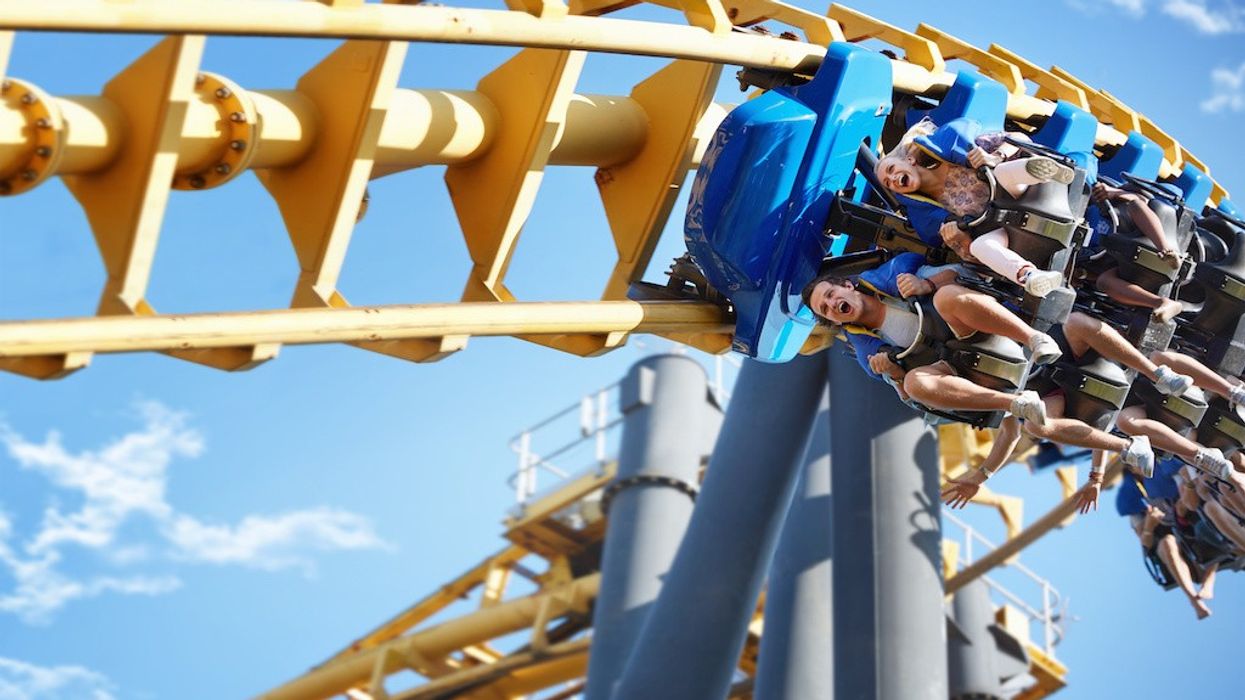

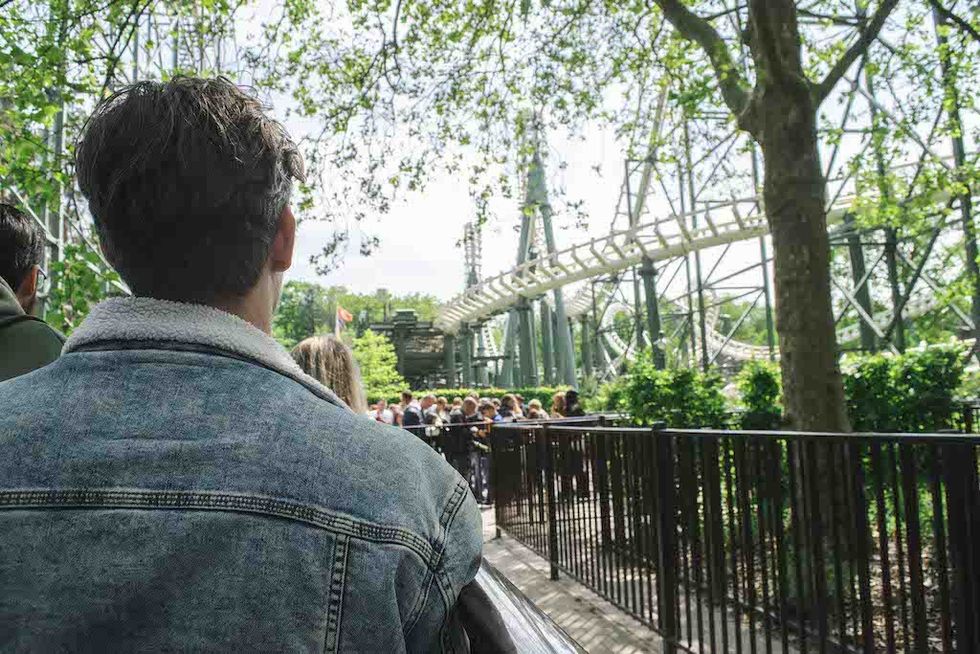
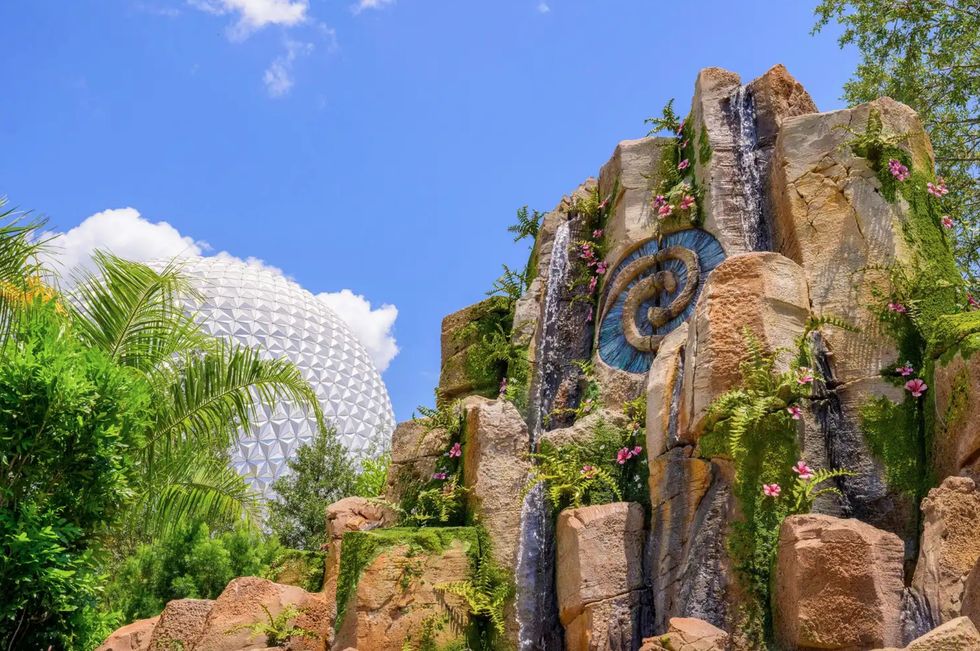
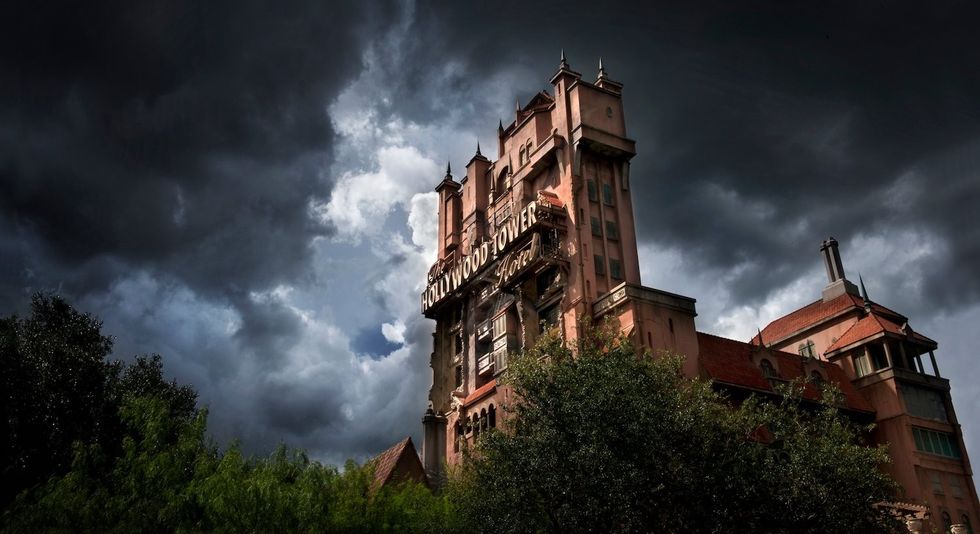


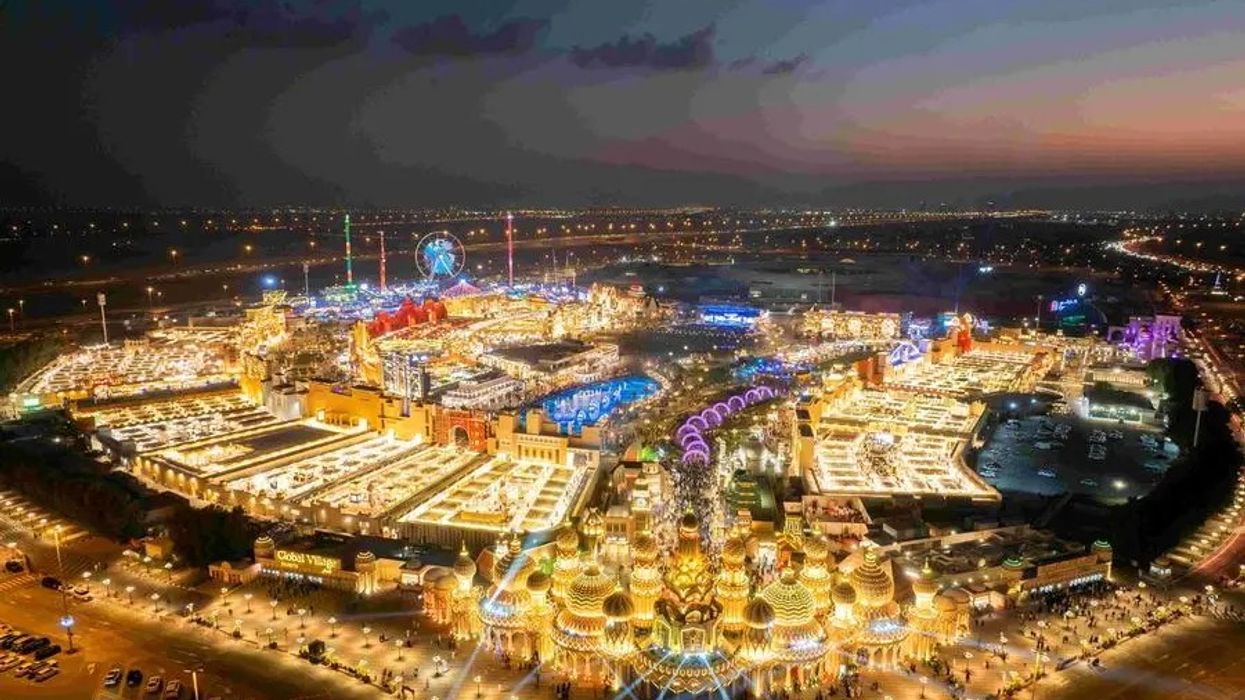
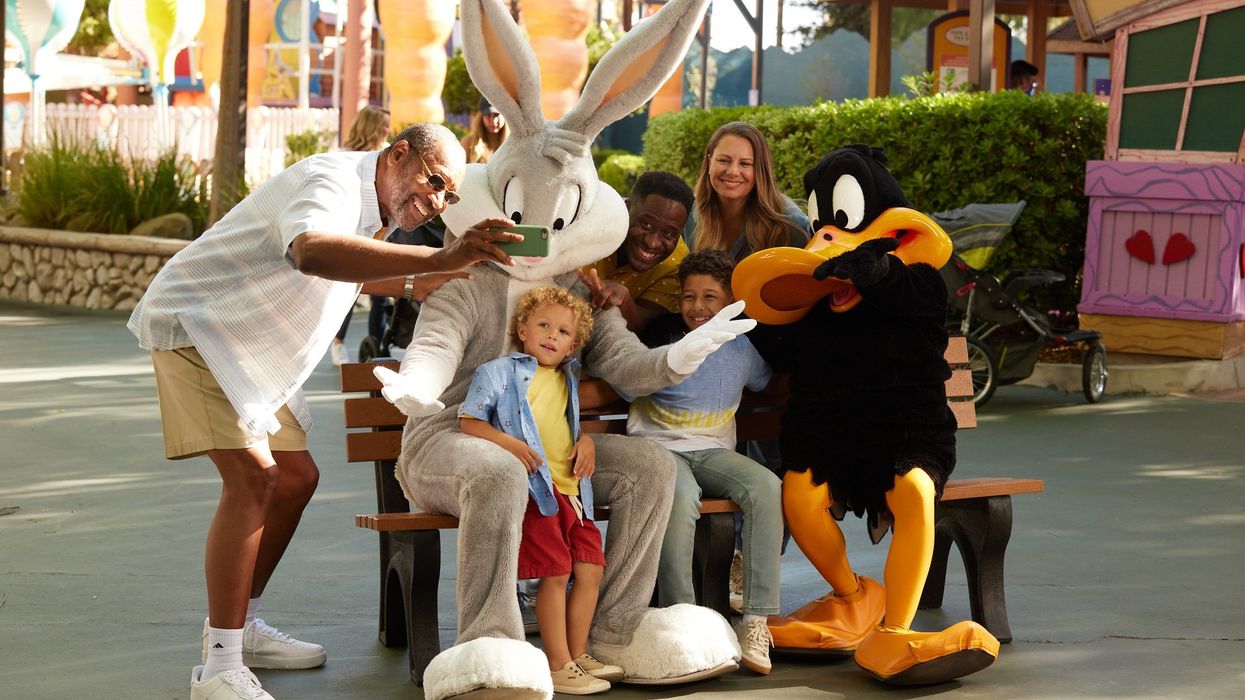
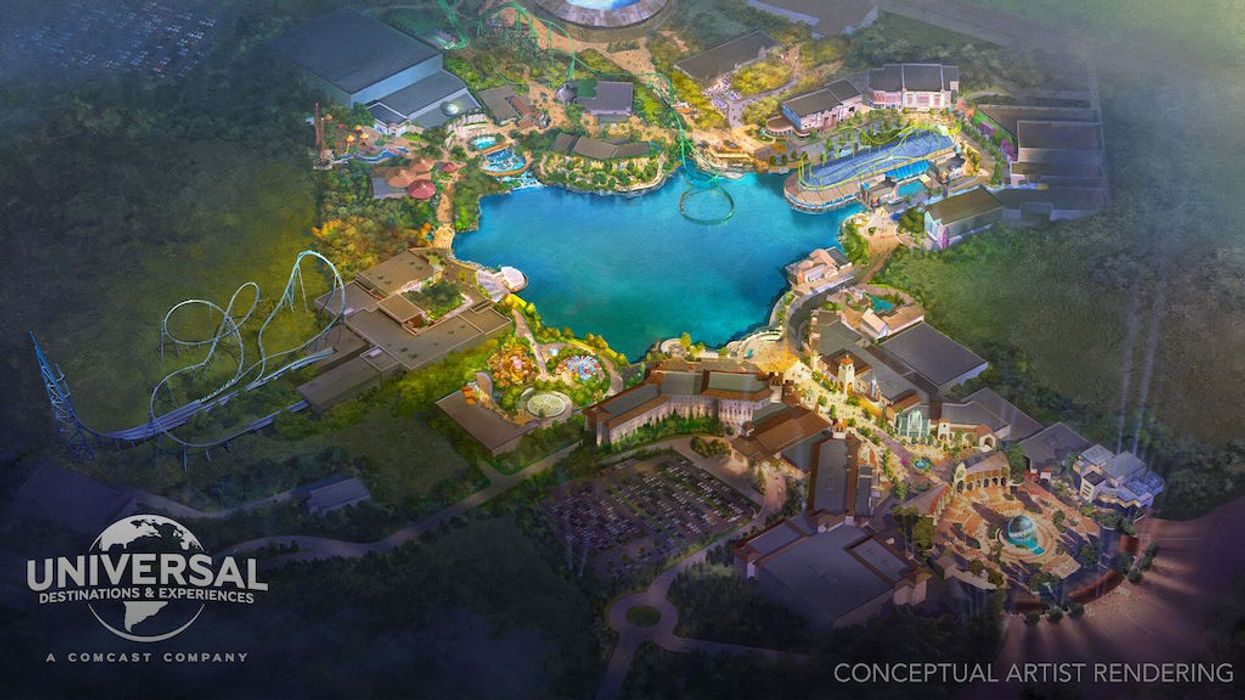
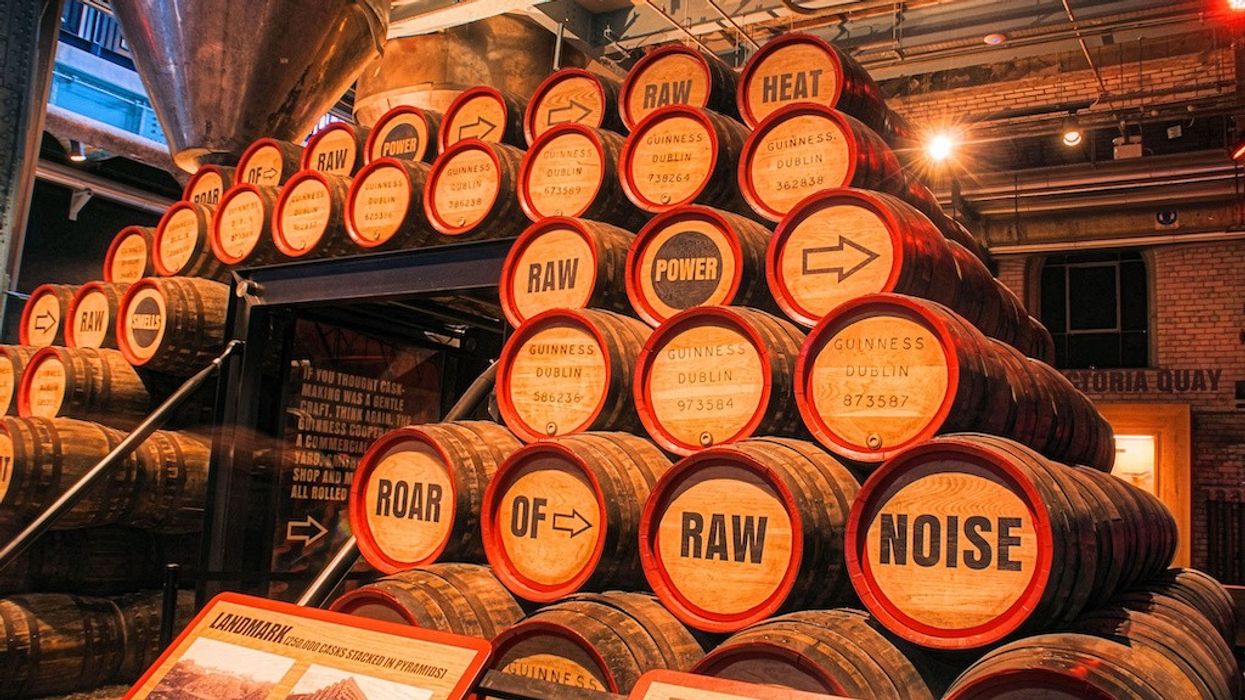
 Christian Lachel, chief creative officer, BRC Imagination Arts
Christian Lachel, chief creative officer, BRC Imagination Arts  Image credit AA+W - stock.adobe.com
Image credit AA+W - stock.adobe.com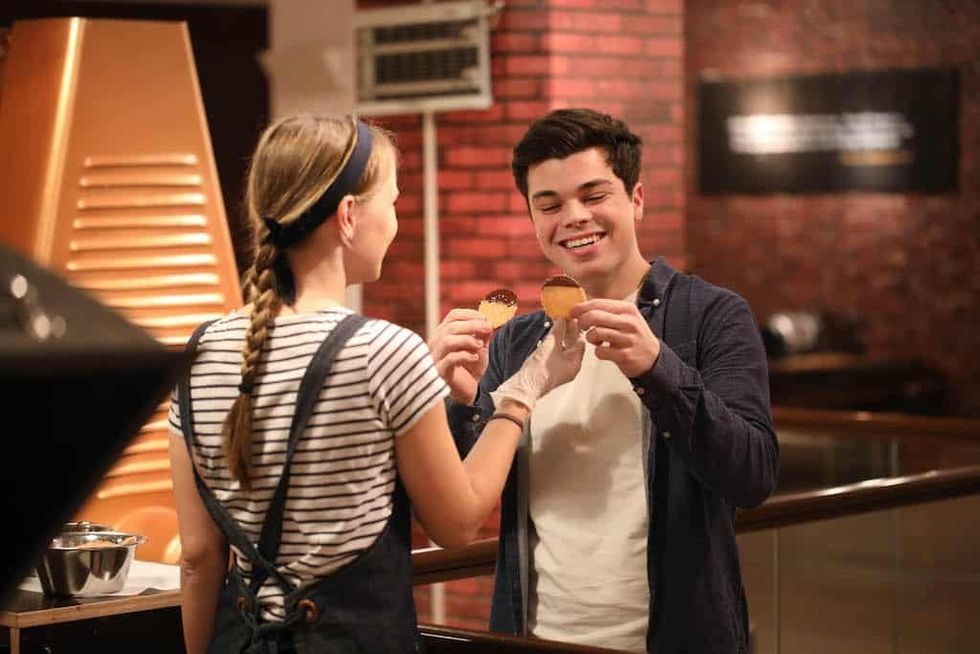 Chocoversum Image credit Sebastian Fuchs
Chocoversum Image credit Sebastian Fuchs 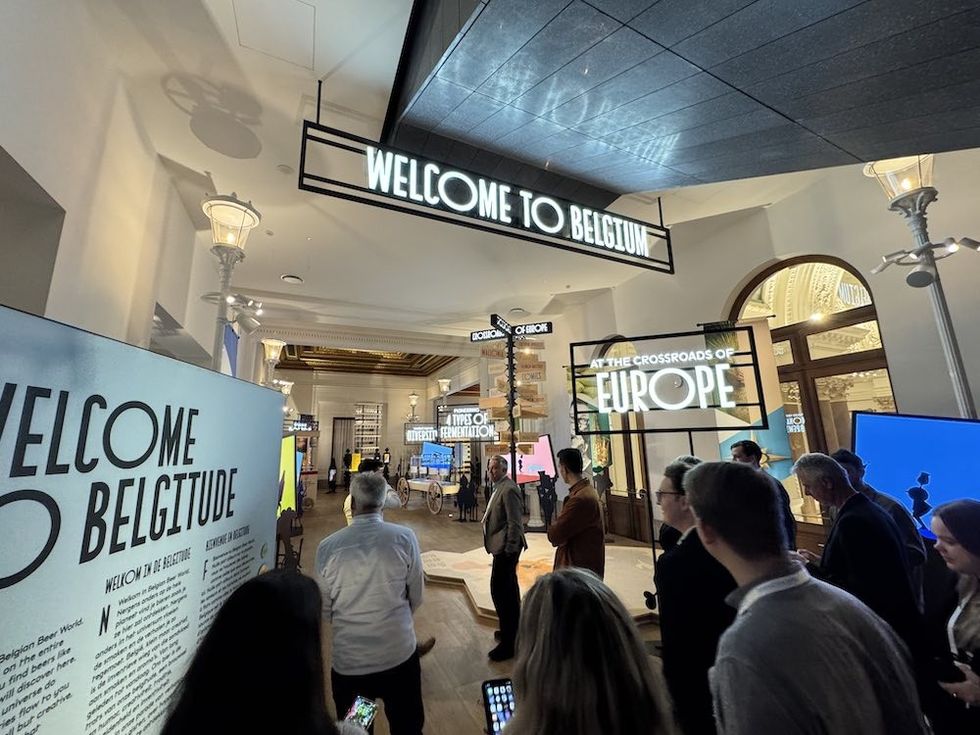 Belgian Beer World
Belgian Beer World 





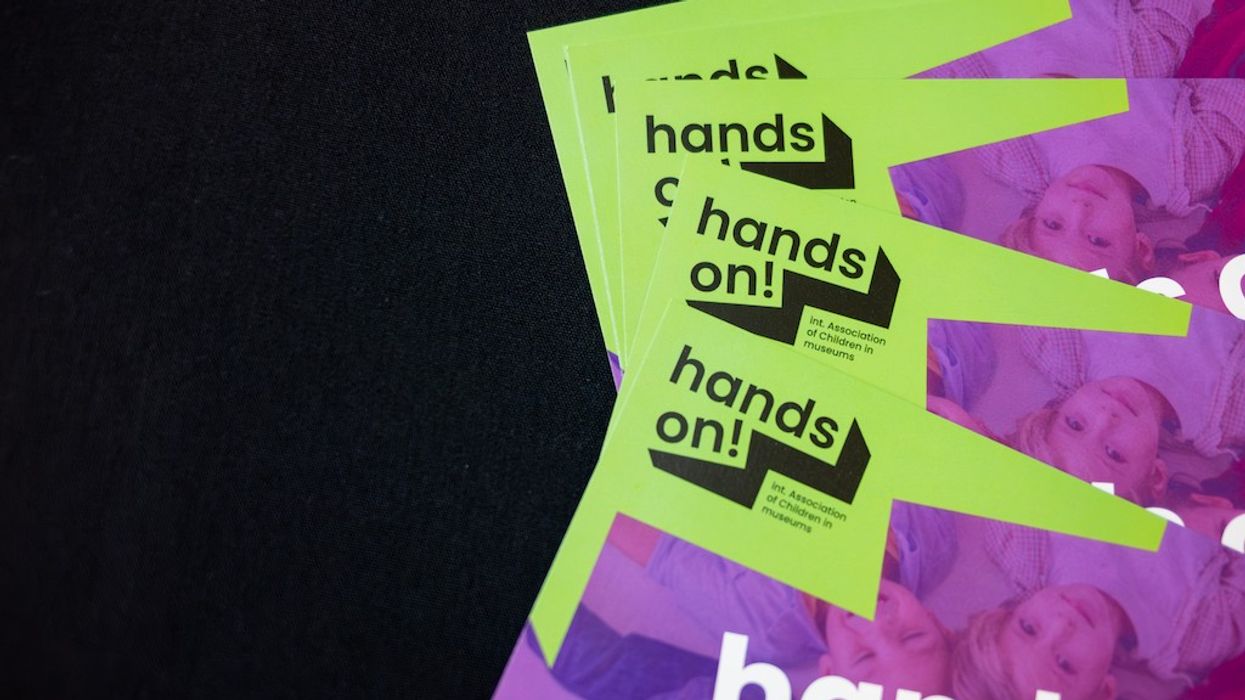
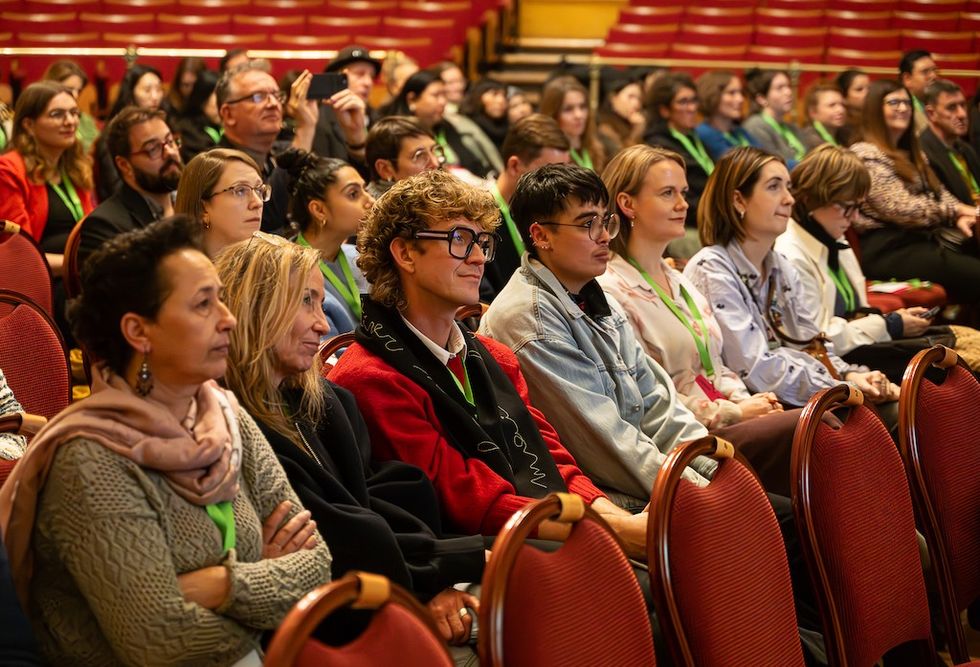
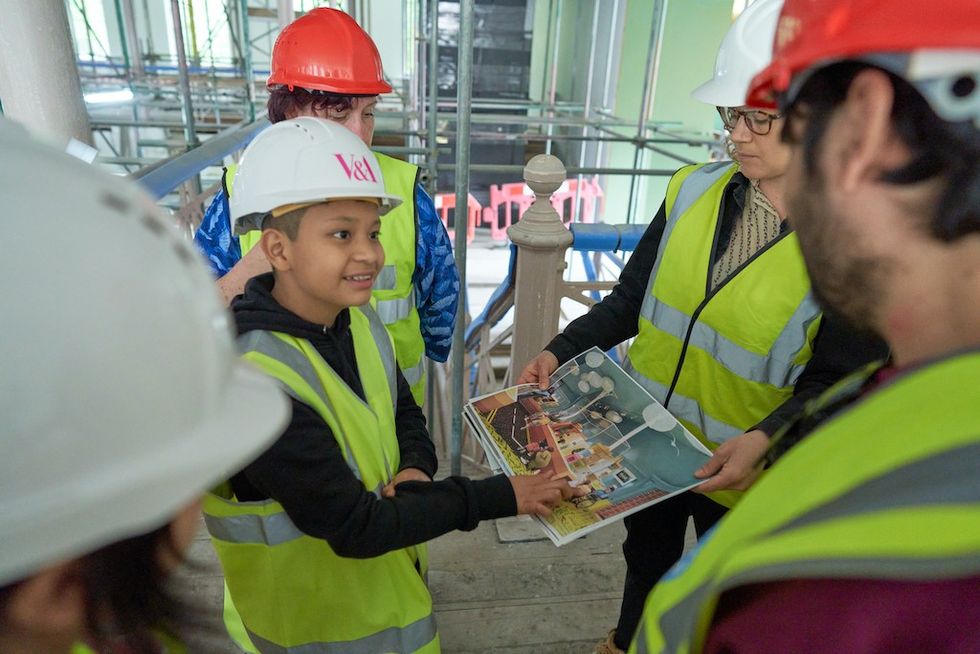 Young V&A Youth Collective members have a tour of the Young V&A construction site. Image courtesy of Young V&A.
Young V&A Youth Collective members have a tour of the Young V&A construction site. Image courtesy of Young V&A. 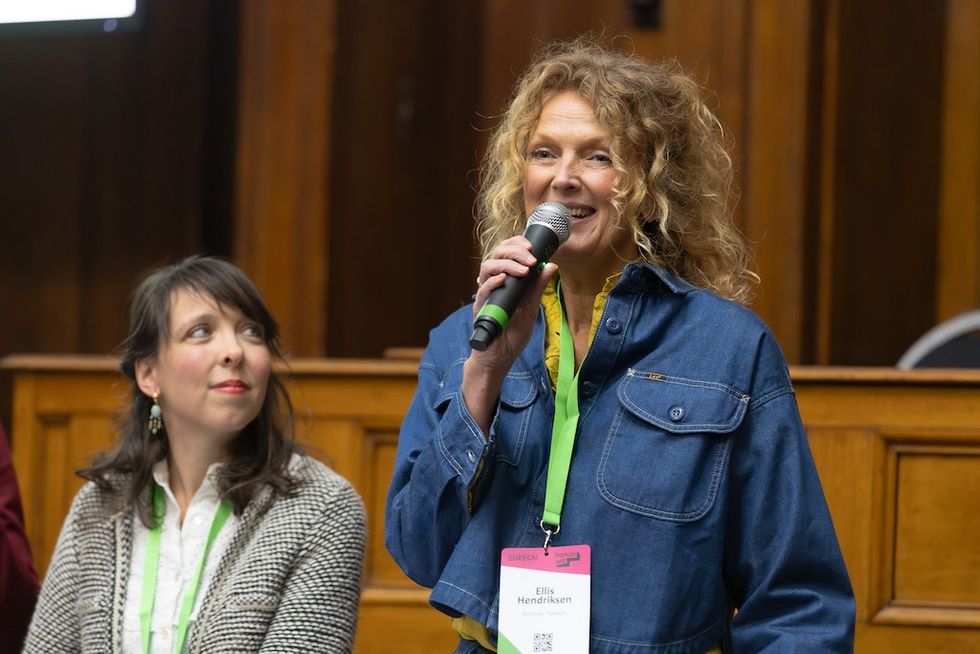 Floriane Perot and Ellis Hendriksen
Floriane Perot and Ellis Hendriksen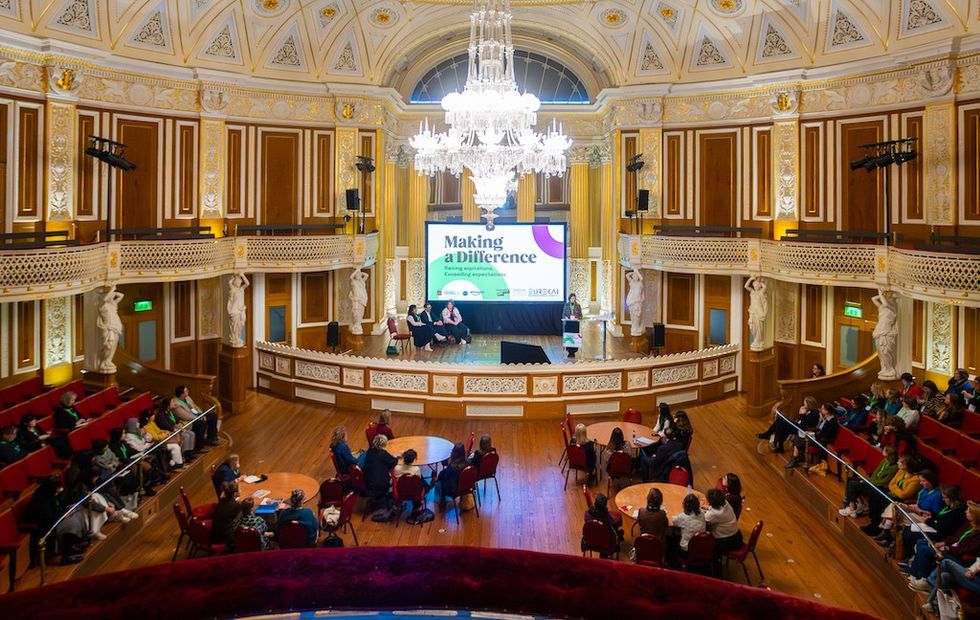
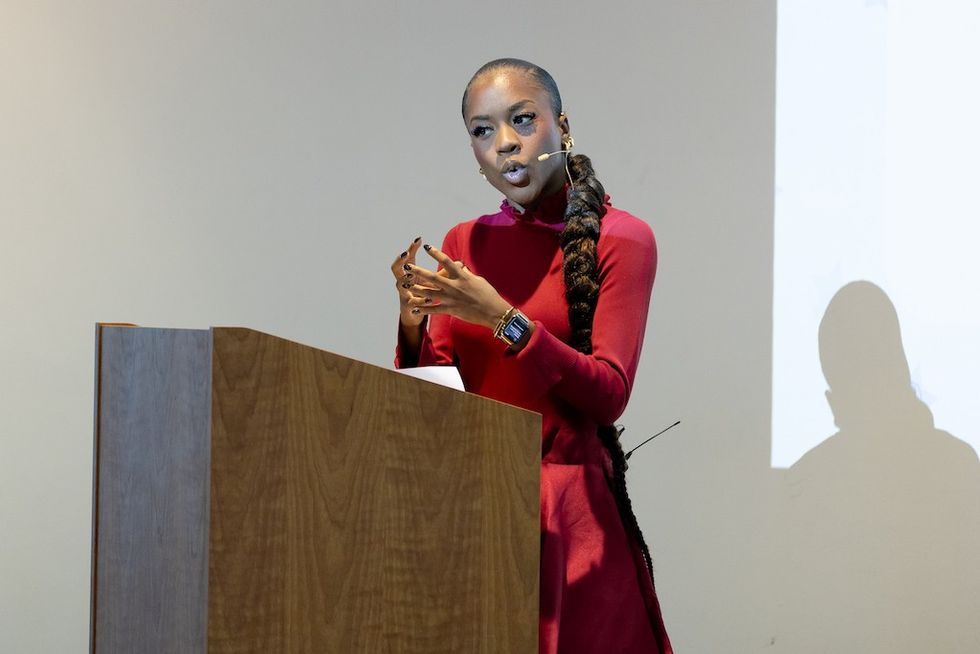 Amber Ogunsanya-William
Amber Ogunsanya-William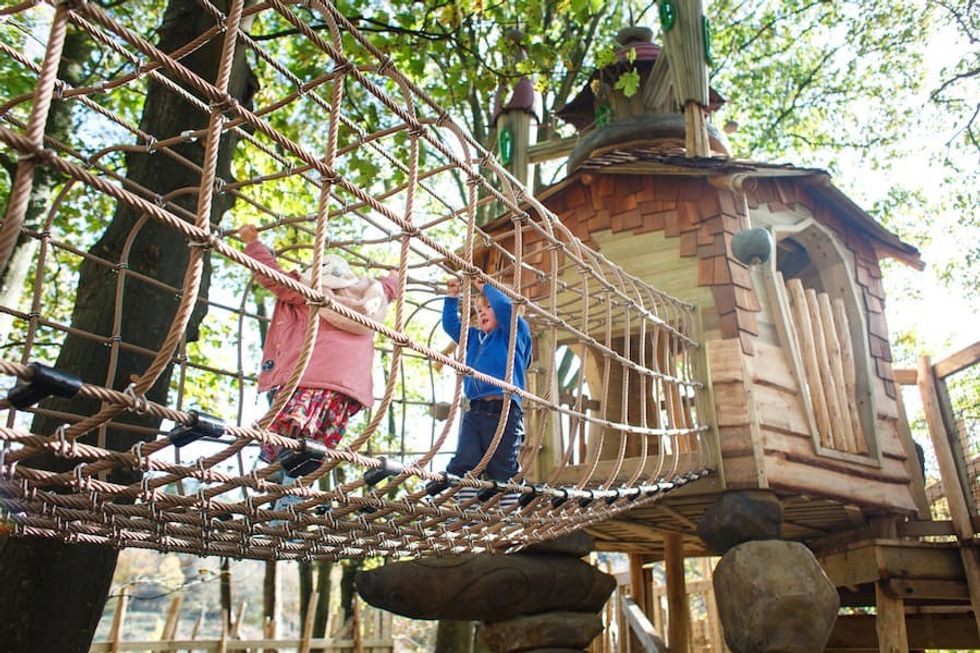 Tumblestone Hollow adventure playground by CAP.CO
Tumblestone Hollow adventure playground by CAP.CO  Ghaleya Al Mansoori
Ghaleya Al Mansoori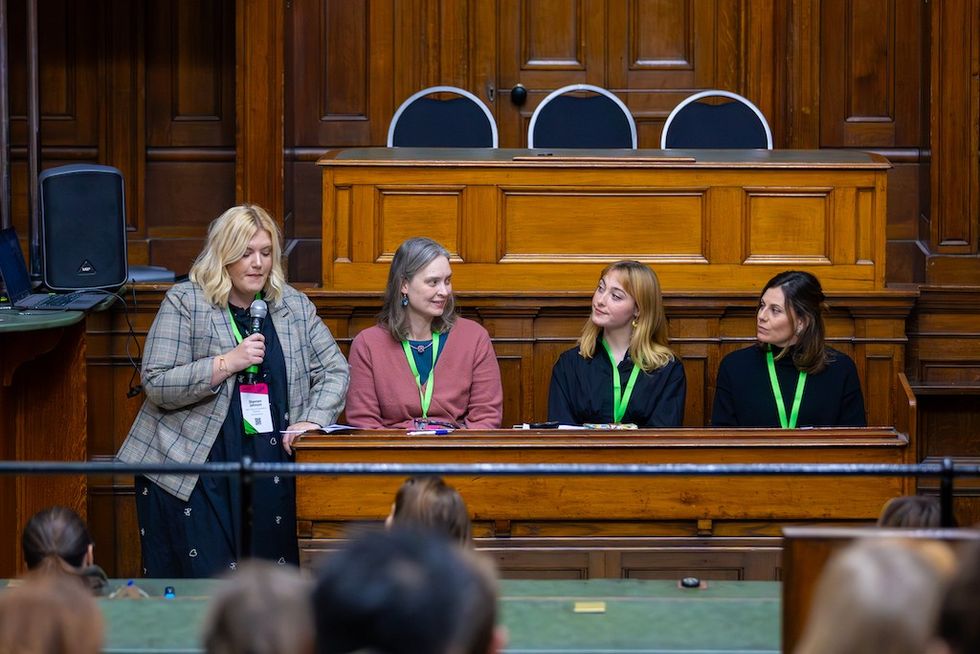
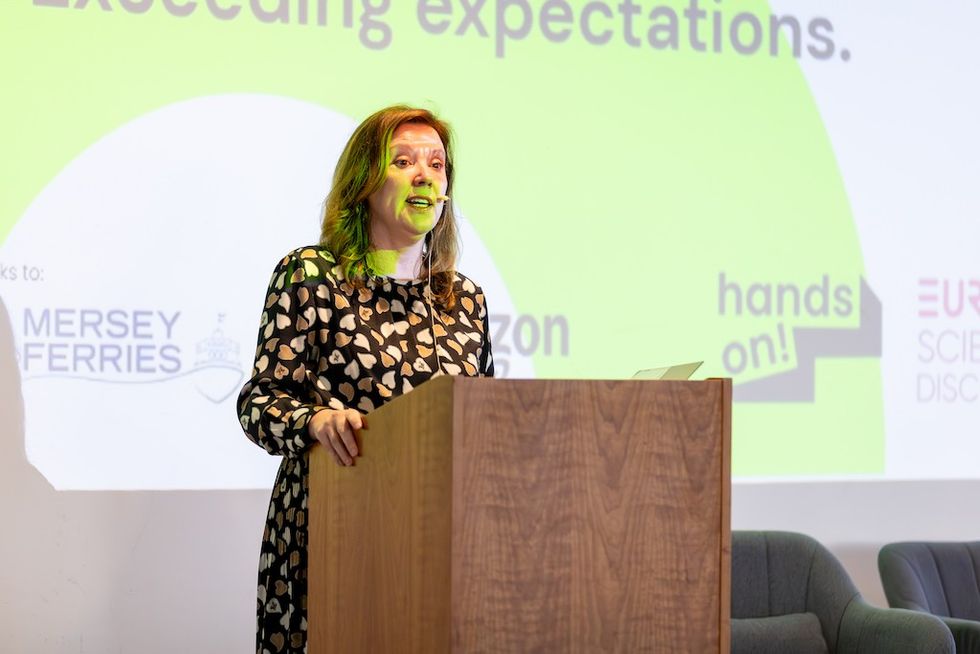 Dame Rachel de Souza
Dame Rachel de Souza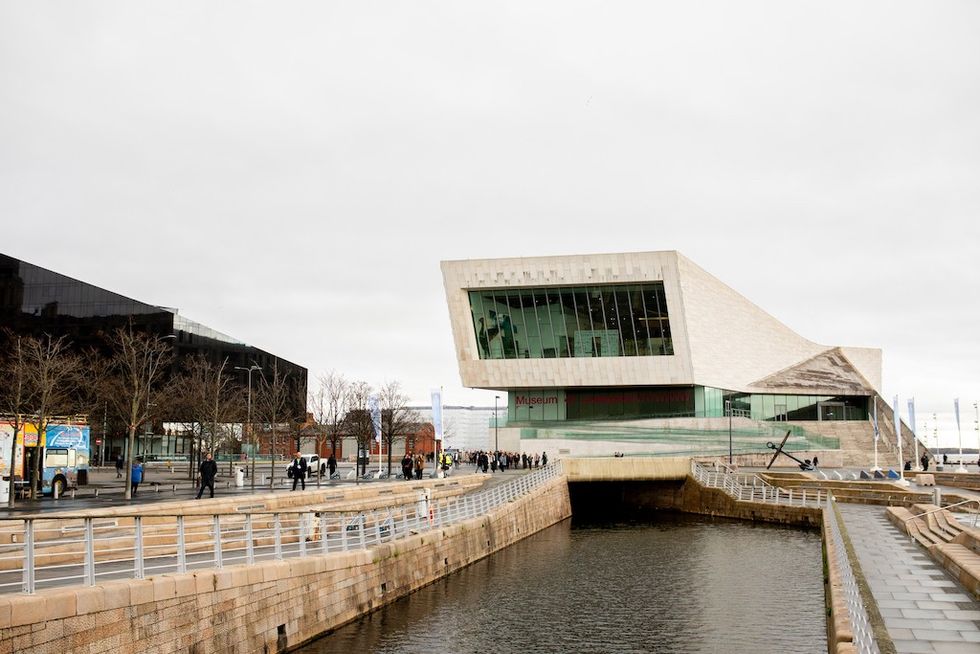 Liverpool Museum
Liverpool Museum
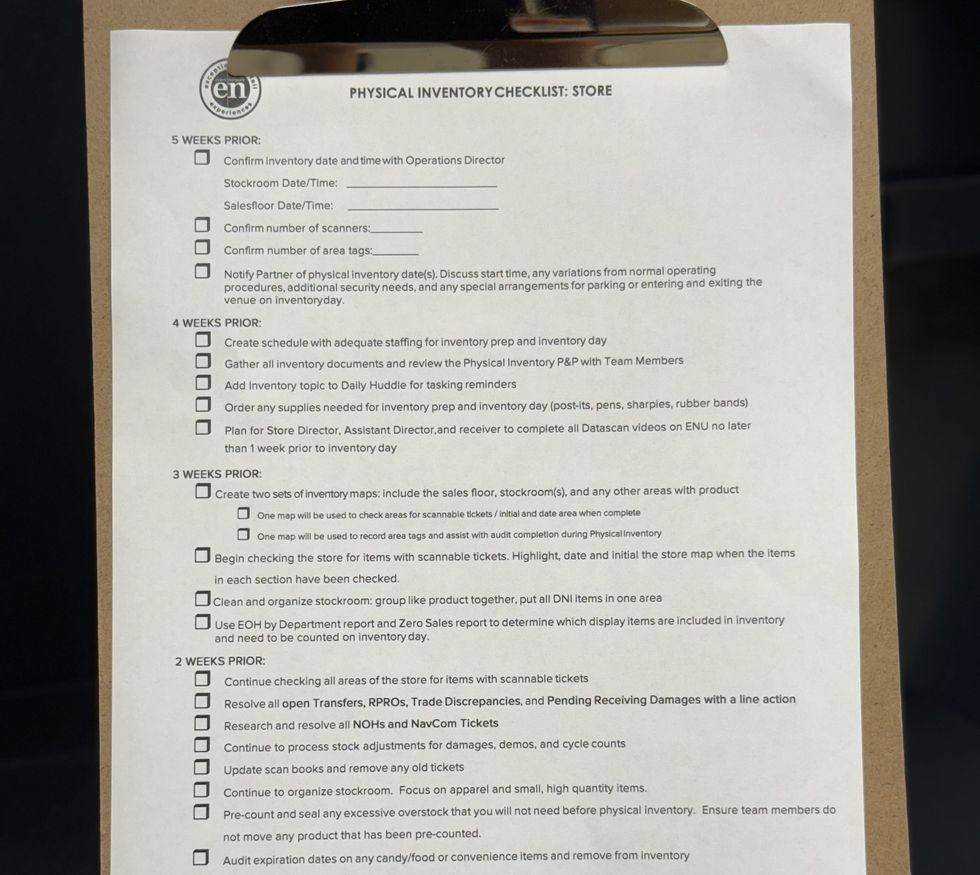
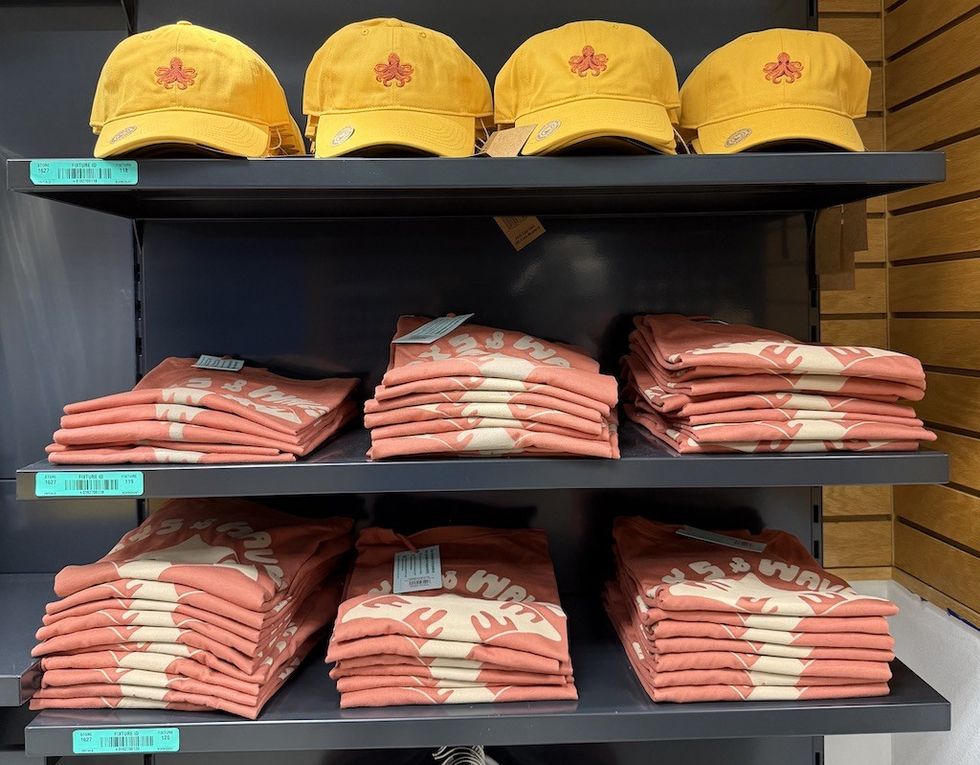
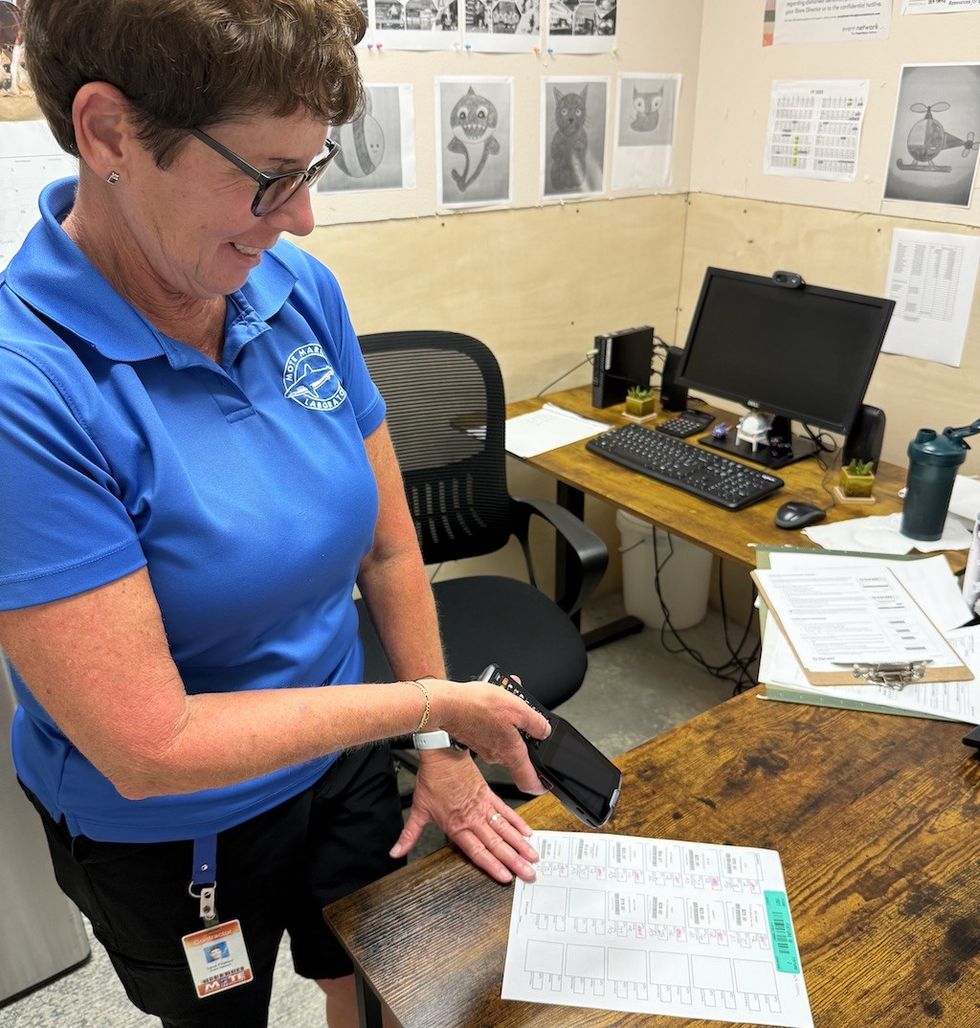


 Guests display a commemorative UN stamp sheet marking the 100th anniversary of the Palace Museum at the UN headquarters in New York, May 2025 (Xinhua)
Guests display a commemorative UN stamp sheet marking the 100th anniversary of the Palace Museum at the UN headquarters in New York, May 2025 (Xinhua)
